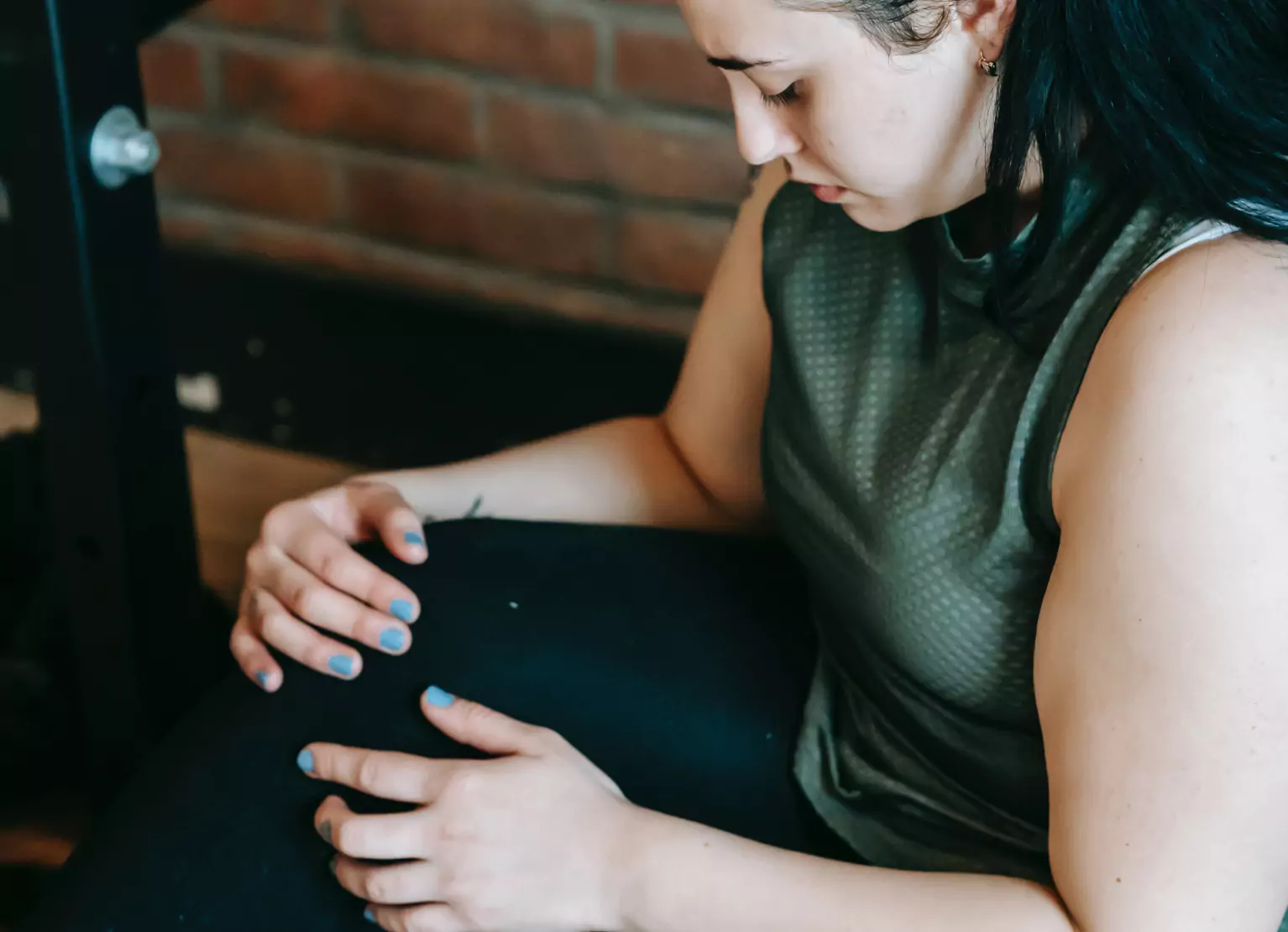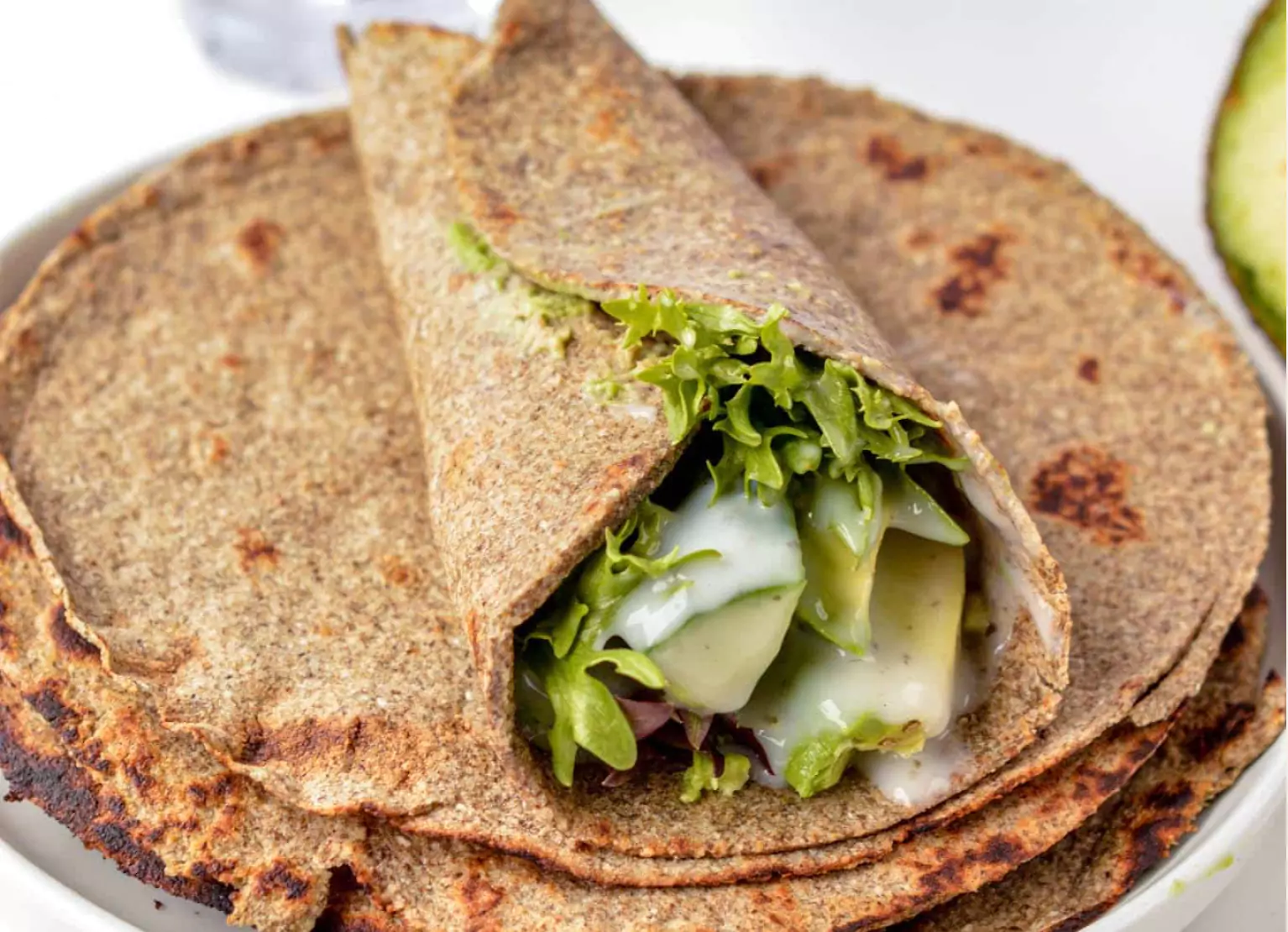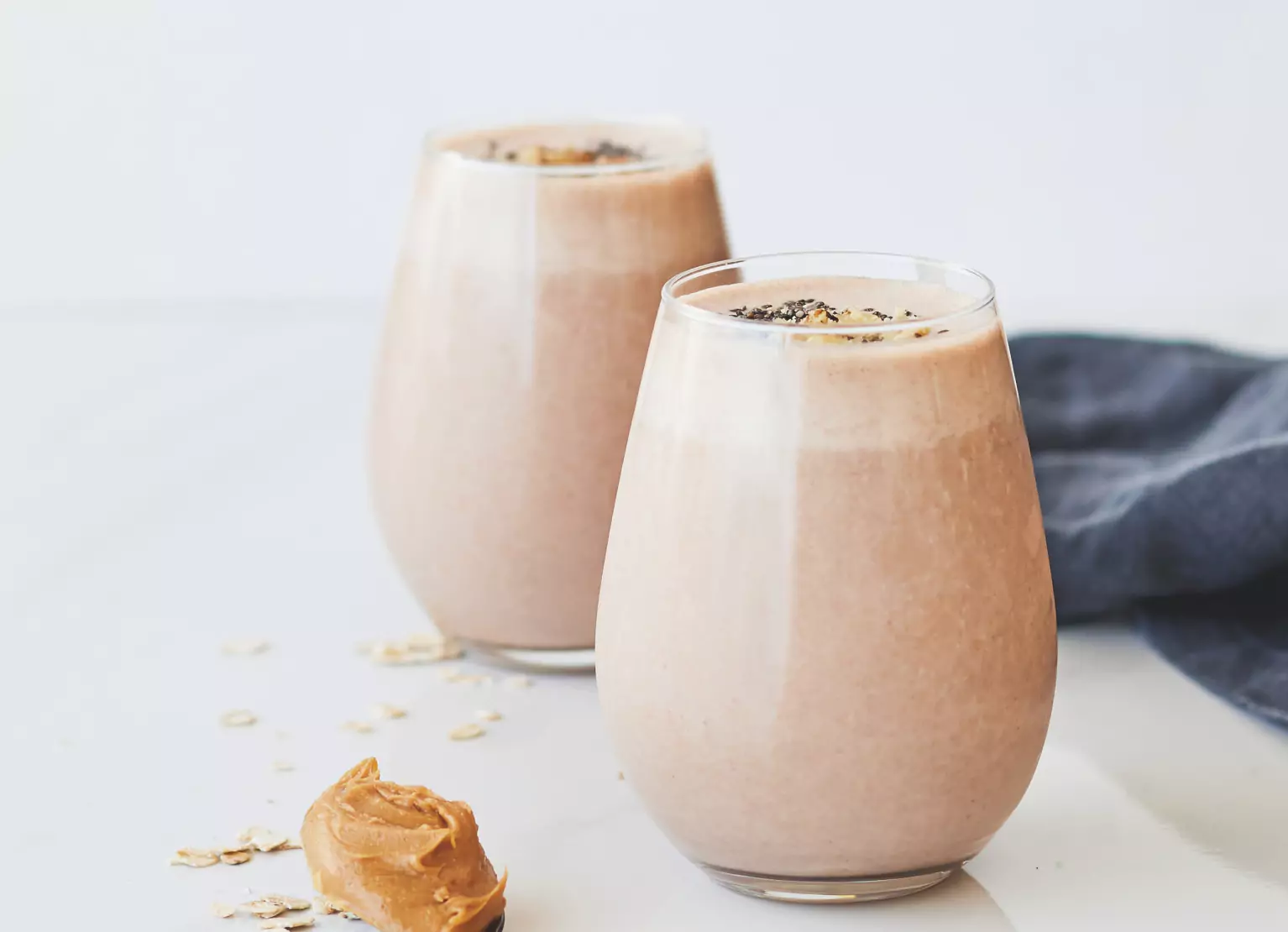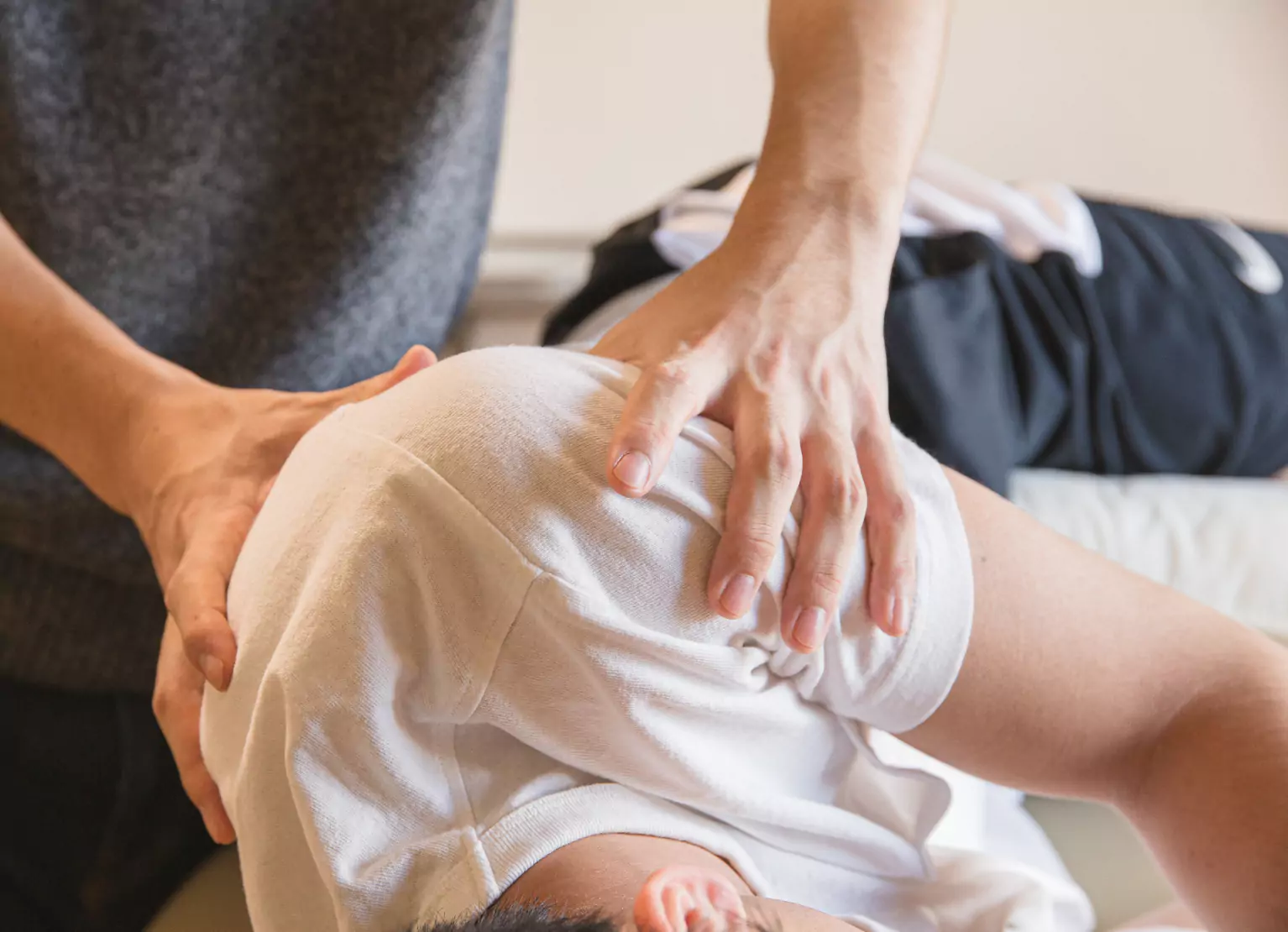Best Recovery Breakfasts to Beat Post-Workout DOMS

Key Takeways
We’ve all been there: you’ve decided to be adventurous and sign up for a new workout class at your local gym. You know it’ll be a challenging class, but you’re ready for it. After all, you told yourself you’d make the most out of your membership.
And you did finish that class with vigor, feeling proud that you pushed your mental limits. The only problem? You know your muscles will be feeling it the next day. Delayed onset muscle soreness (DOMS) is challenging, but there are many recovery meals to help you recover after your workout.
Read on to learn more about DOMS, how long it can last, and then pick from our list of the best breakfasts to help beat that post-workout soreness, support muscle building, and encourage fat loss.
What is DOMS?

DOMS, or delayed onset muscle soreness, is the achy feeling in your muscles after a particularly challenging workout. You may also call it muscle fever. This type of soreness is different from what you feel right after working out, acute pain.
As the name suggests, delayed onset muscle soreness is “delayed” and felt from 24 hours up to 7 days after a workout—typically between one to three days.
With DOMS, your muscles are also likely to feel tender and weak. You may feel your range of motion is limited. Perhaps your legs are unable to flex as seamlessly as they usually could.
Or you can only stretch your arms to a certain degree in fear that stretching any further will result in more pain.
Why Are My Muscles so Sore?
So you may be questioning why your muscles are so sore? You know the straightforward answer: you just completed a challenging workout.
But let’s dig a little deeper into the science behind it. Understanding the science will help you understand how to help with muscle recovery in the future and what makes a specific breakfast more helpful than another at reducing muscle soreness.
Is Muscle Fever Common or Just For Athletes?
DOMS isn’t limited to regular folks. Both novice and elite athletes experience this, especially after rest when they haven’t been training.
How intense and prolonged the exercise is will also play a role in muscle fever. The longer and more intense the exercise, the more likely you will experience achy, tender muscles.
It suggests that DOMS has more to do with your muscles being worked beyond what they’re usually used to and less to do with whether someone is a competitive athlete or not.
However, the level of fitness of a person may determine how intense the exercise is for that person. Additionally, doing a new type of exercise also increases the chance of getting muscle fever since your muscles are not used to that type of activity (yes, even if you’re an athlete).
For example, a person beginning their fitness journey may find lifting weights challenging, but an experienced athlete may not.
In this case, the person new to working out is more likely to experience muscle fever because they’ll experience it as more intense since their muscles are being pushed beyond what they’re used to.
Similarly, a novice spinner will be more likely to experience muscle soreness than a person who goes to regular spinning classes.
What the Research Says About Muscle Soreness
What is it about muscles being pushed beyond their typical use that leads to muscle soreness or fever? There isn’t one straight answer, and several theories have been suggested by research.
Some proposed theories include lactic acid buildup, muscle or tissue damage, and inflammation. The lactic acid theory was debunked in the 80s. Then research in the 90s suggested that muscle damage and inflammation were the culprits.
However, more recent research suggests that it’s not connected to lactic acid or damage and inflammation. Instead, DOMS may result from activating specific molecules called growth factors (not surprising, as they help your muscles grow).
One of the growth molecules is related to an inflammatory molecule, and the other is related to muscle contraction and activity. Blocking the activity of these two molecules can reduce or prevent muscle fever.
The Bare Bones of a Healthy, Muscle Building Breakfast

Based on the research we’ve discussed, it seems that an anti-inflammatory and muscle-building breakfast may typically help prevent or reduce muscle soreness.
Some inflammatory molecules can help with muscle growth, but that’s another topic for another post—stay tuned to find out more soon!
This type of breakfast contains compounds such as antioxidants and amino acids (the building blocks of protein) that help “block” the molecules responsible for DOMS.
High-Quality Protein
Protein and the amino acids that make up protein play an important role in muscle soreness.
Amino acids regulate the growth molecule responsible for muscle contraction and activity, so adding a source of protein to your breakfast can help reduce muscle soreness.
Focus on a high protein breakfast with various amino acids or a complete protein source. High-quality protein sources are ideal here. Some great options include:
- Pasture-raised eggs
- Grass-fed beef wherever possible
- Organic poultry wherever possible
- SMASH (sardines, mackerel, anchovies, salmon, herring)
- Organ meats
Again, quality matters here. Opt for whole food protein sources instead of processed meats.
If you’re vegetarian or vegan, consider these protein sources as part of your post-exercise or breakfast meal:
- Whole-grain sources of protein such as quinoa
- High-quality dairy such as Greek yogurt
- Legumes (alternate with other vegetarian or vegan protein sources to get a variety of different amino acids)
- Vegan or vegetarian protein powder (such as pea protein)
Healthy Fats and Carbs
For a balanced meal, Nutrisense dietitians recommend pairing your protein with other macronutrients such as:
- Healthy carbohydrates such as sweet potato, whole grains, black beans (or other legumes), fresh fruits, high-quality granola
- Healthy fats such as avocado, olives, coconut
Electrolytes and Anti-Inflammatory Spices
You may also want to replenish electrolytes that you may have lost in sweat during the workout and incorporate anti-inflammatory herbs and spices. Good sources of electrolytes include coconut water and leafy green vegetables.
Anti-inflammatory herbs will help “block” inflammatory molecules that lead to muscle soreness. Turmeric is one anti-inflammatory herb that has been shown to reduce feelings of muscle tenderness and soreness.
4 Post-Workout Breakfasts to Build Muscle
Are you looking for tasty breakfast ideas that use the "bare bones” of the muscle-building mentioned above?
Here are some healthy options, tried and tested by the Nutrisense Team, that can help with muscle recovery after a workout. Bookmark this post to save these breakfast recipe ideas for future use, or share them with friends, family, or a workout buddy to enjoy them together!
1) Yogurt Bowl With Fruits and Granola

This breakfast recipe is a light and fresh option that includes high-quality protein, carbs, and healthy fats. It’s perfect for the hot summer months.
Ingredients
- 1/2 cup of Greek yogurt
- 1/4 berries of your choice: mix it up! Try adding different kinds of berries
- 1 teaspoon of goji berries
- High-quality granola of your choice
- 1 tablespoon slivered almonds
- Optional: Unflavored protein powder like collagen
- Optional: Coconut shavings
Instructions
- Add Greek yogurt to a bowl (you can mix in the protein powder now if you’re adding it in).
- Layer berries, granola, and slivered almonds side by side.
- Sprinkle goji berries on top.
- Dust coconut shavings over the yogurt as garnish.
- If vegan or vegetarian: substitute the Greek yogurt with coconut yogurt mixed with a scoop of unflavored protein powder.
2) Anti-Inflammatory Super Greens Frittata

This blood sugar balancing breakfast is loaded with blood sugar balancing veggies, a complete protein source, and anti-inflammatory herbs.
Ingredients
- 1 cup leafy greens
- 1/4 cup cherry tomatoes
- 1/4 cup broccoli
- 3 eggs [pasture raised if possible]
- 2 cloves garlic
- 1/2 teaspoon turmeric
- 1/2 teaspoon thyme
- 1 teaspoon lemon zest
- Salt and pepper to taste
Instructions
- Preheat the oven to 400 degrees Fahrenheit.
- Heat avocado oil in a skillet on medium heat.
- Chop or mince garlic and sautee in a skillet.
- Add in broccoli and sauté for four minutes.
- Add in cherry tomatoes and sautee for another four minutes.
- Mix in the leafy greens and spices, and fry with other veggies for two to three minutes.
- In a bowl, combine and whisk eggs plus a sprinkle of salt.
- Add egg batter in and mix.
- Evenly sprinkle in lemon zest.
- Bake for eight minutes on low heat to make the frittata.
- Sprinkle with more lemon zest and parmesan if you’d like
- Enjoy! Pair the frittata with avocado and whole-grain toast like sourdough bread for good blood sugar balance.
3) High Protein Tortillas

This super easy-to-assemble, satiating breakfast idea incorporates lots of high-quality protein for those days you feel ravenous post-workout.
Ingredients
- Kale slaw or broccoli slaw
- A protein of choice (aim for 25-30 grams of protein here)
- Guacamole
- Pico de gallo
- Tortillas of choice
Instructions
- After heating your tortillas, use slaw as the base.
- Layer on your source of protein.
- Spoon guacamole and pico de gallo on top.
4) Espresso Muscle Recovery Smoothie

Smoothies can be an easy-to-digest breakfast idea if you feel like your body needs quick access to muscle-building protein and nutrients. You can modify this easily if you’re vegetarian or vegan.
Ingredients
- 1 cup milk of your choice
- 1 banana
- A handful of cashews
- 1/2 teaspoon cacao
- A shot of espresso (research shows coffee can enhance recovery by replenishing glycogen stores). You can also opt for decaf if your body doesn’t tolerate caffeine well.
- Optional: ice
Instructions
- Mix all ingredients in a blender and blend until smooth.
Additional Lifestyle Changes to Reduce Muscle Fever

In addition to eating protein-packed foods for breakfast, here are some lifestyle habits that support muscle recovery—remember that some research shows the benefits of each, while other studies may say there is no benefit. The key is to find what helps you specifically:
- Get a massage after your workout.
- Consider trying cryotherapy (although it’s important to note that some research does not show evidence of this working).
- It may help to do small amounts of isometric contractions or exercises two weeks before a new or intense workout. Examples include plank, squats, and glute bridges.
- Stretching your muscles before, after, and throughout the day of your workout can help with muscle tightness and flexibility
- Introduce any new workouts or activities slowly over one or two weeks.
Find the right Nutrisense programto turn insight into progress.
Go Beyond Glucose Data with Nutrisense
Your glucose can significantly impact how your body feels and functions. That’s why stable levels are an important factor in supporting overall wellbeing. But viewing glucose isn't enough. Nutrisense, you’ll be able to learn how to use your body's data to make informed lifestyle choices that support healthy living.
One-to-one coaching
Sign up to access insurance-covered video calls to work with a glucose expert: a personal registered dietitian or certified nutritionist who will help tailor your lifestyle and diet to your goals.
Monitor and measure what matters
With the Nutrisense CGM Program, you can monitor your glucose with health tech like glucose biosensors and continuous glucose monitor (CGM)s, and analyze the trends over time with the Nutrisense App. This will help you make the most informed choices about the foods you consume and their impact on your health.
Find your best fit
Ready to take the first step? Start with our quiz to find the right Nutrisense program to help you take control.

Amanda is a Nutrition Manager and Registered Dietitian, with a Masters in Dietetics from Stephen F. Austin State University. Originally from south GA, she got her undergrad degree from Texas Tech University. She worked at a hospital in Fort Worth, TX, for 4 years as a dietitian, counseling those living with HIV.




